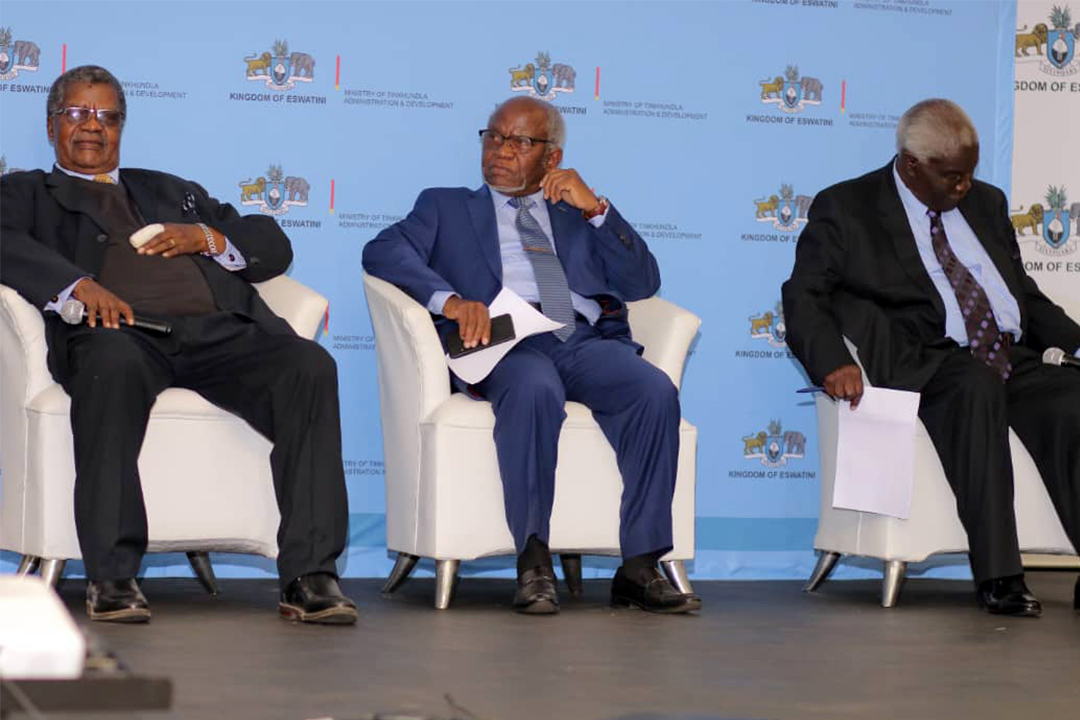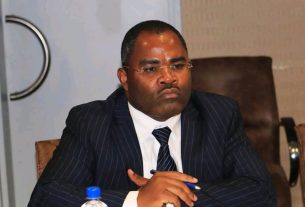By Phesheya Ian Kunene
MATSAPHA – It was a masterclass in history, identity, and constitutional confidence as independent local experts took the Esangweni Hall stage and reminded Eswatini, and the world, that the Tinkhundla system of government is not just unique, it’s a proud product of Eswatini’s DNA.
The trio of presenters, Chief Dambuza, Mangomeni Ndzimandze, and Ambassador Mathendele Dlamini, delivered a powerful, spirited panel discussion on Day One of the Eswatini Local Government Conference.
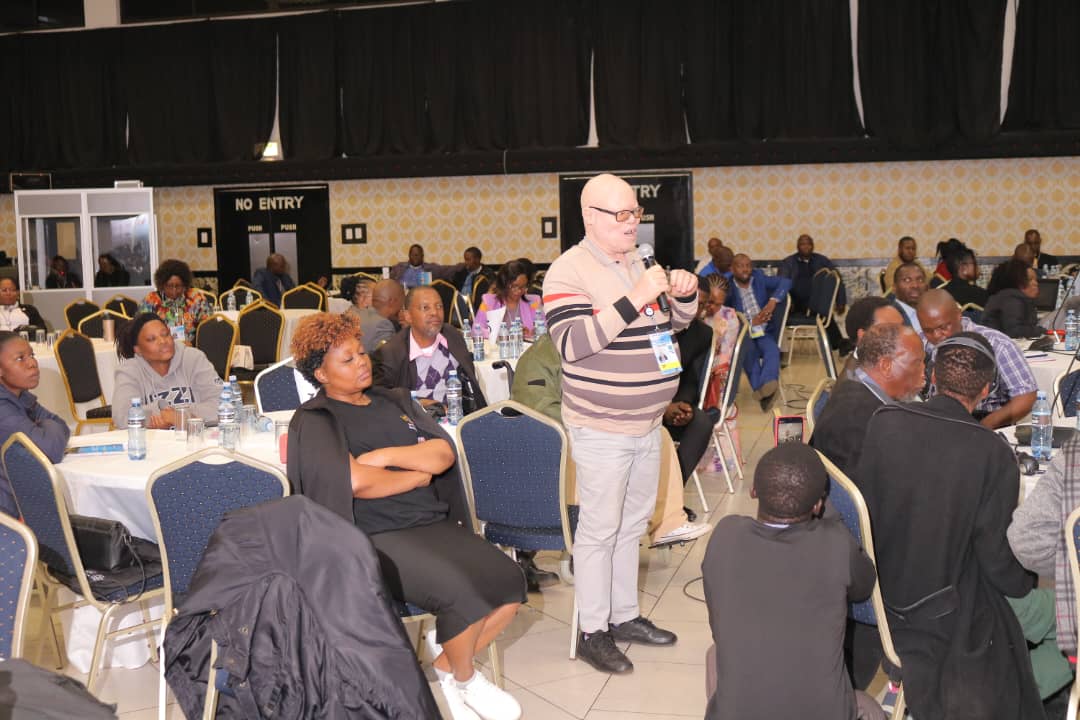
They unpacked not only the philosophy and function of the Tinkhundla system, but also its evolution and relevance in modern democratic governance.
Chief Dambuza told delegates that the Tinkhundla system had been misunderstood for far too long, especially by those who have never taken the time to engage with it beyond face value. “There is a grave injustice in being uninformed about a system designed to serve us,” he said.
“The Tinkhundla system is democratic in nature, it is consultative, people-centred and rooted in values that reflect who we are as Emaswati.”
He called on critics to separate noise from knowledge and take a closer look at what the system delivers.
“This is not a broken model; this is a working model that needs understanding, strengthening and commitment,” Dambuza added.
Picking up the baton, former army commander and Ludzidzini Council member Mangomeni Ndzimandze gave a historically charged presentation that traced the roots of the Tinkhundla system to 1949, long before independence, when war veterans and community leaders first laid the groundwork for what would become a decentralised, participatory system of governance.
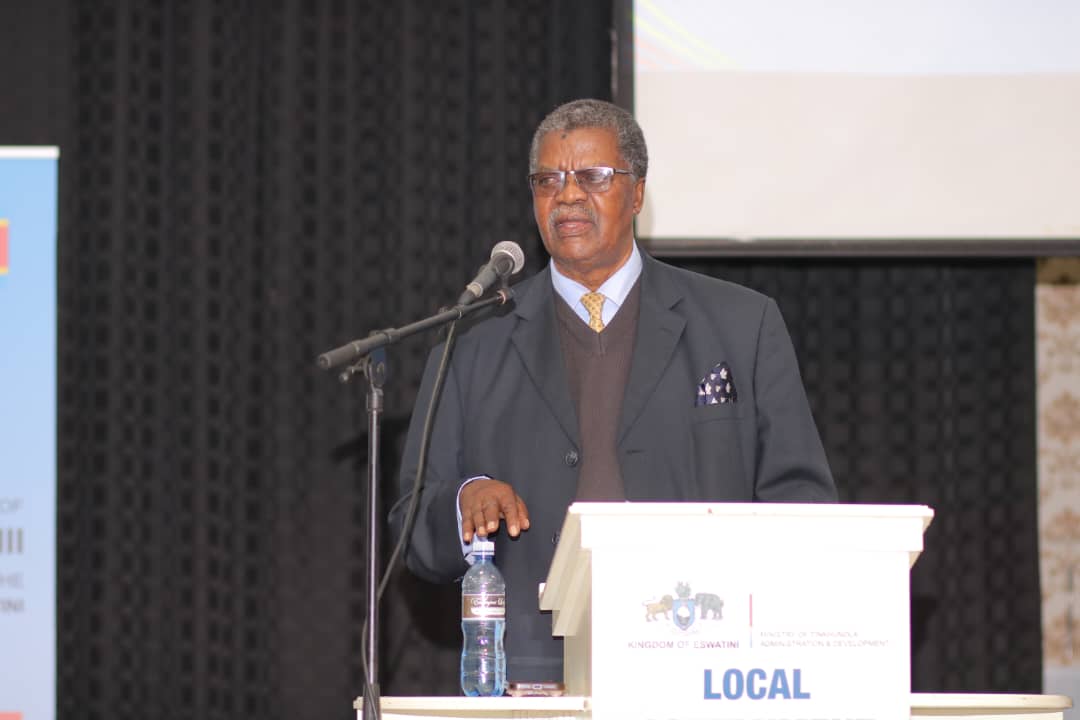
He explained how the 1963 meeting at Masundvwini, the 1964 elections, and the plebiscite debate between monarchical and party-based rule shaped the future direction of Eswatini’s governance model.
“The people chose the Lion,” Ndzimandze said. “And that choice was not emotional, it was informed by the desire to preserve identity, unity, and the spirit of consultation.”
He reminded the audience that the Tinkhundla system was not static but had evolved through robust national consultation.
“From the first ‘Vusela’ to the formation of the Electoral College and Liqoqo, we’ve been building a system that responds to our reality, not one imposed from outside,” he added.
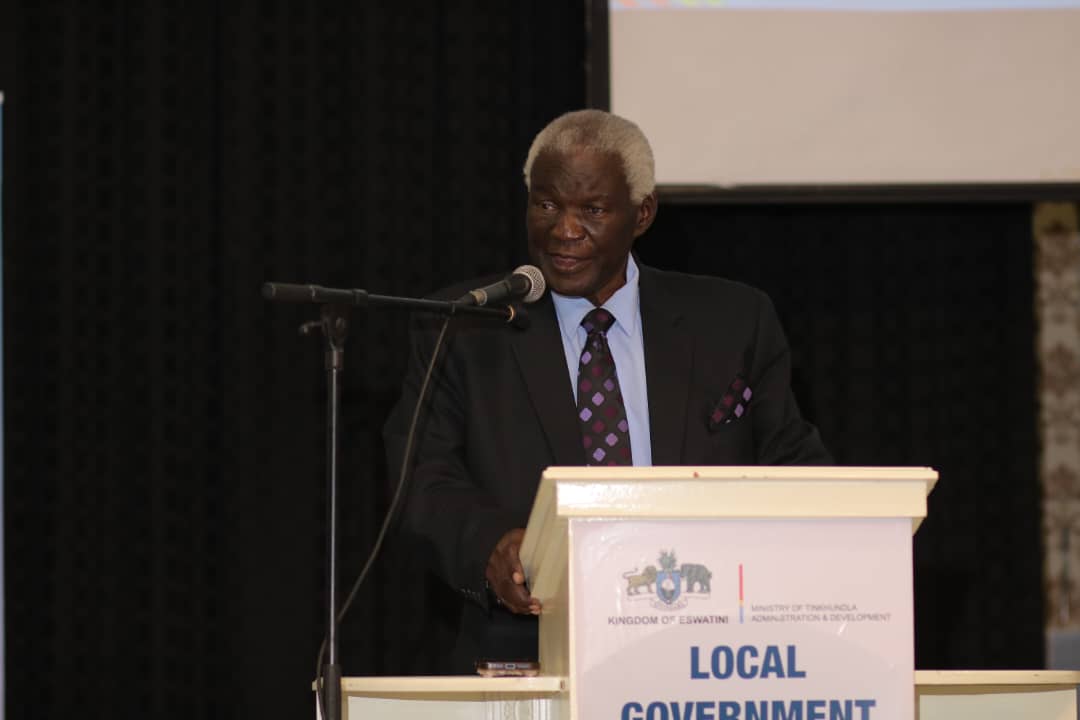
Ambassador Mathendele Dlamini, bringing in his diplomatic experience, told the gathering that the Tinkhundla system has survived because it is deeply rooted in the cultural logic and lived experiences of Emaswati.
“The beauty of Tinkhundla is in its flexibility and relevance, it doesn’t need to copy others, because it has stood the test of time,” he said.
All three panelists encouraged the nation to engage openly with the system and not shy away from discussions that could help improve it. “Let us stop being afraid of consulting our own people,” Chief Dambuza said.
“The answers are not in foreign models, they are in our villages, our chiefdoms, our history.”
The discussion was not just educational, it was electrifying. Delegates leaned forward, took notes, and raised important questions. It was a reminder that the Tinkhundla system is not a museum piece, but a living, breathing governance structure ready to evolve further, if only people are willing to understand and contribute.
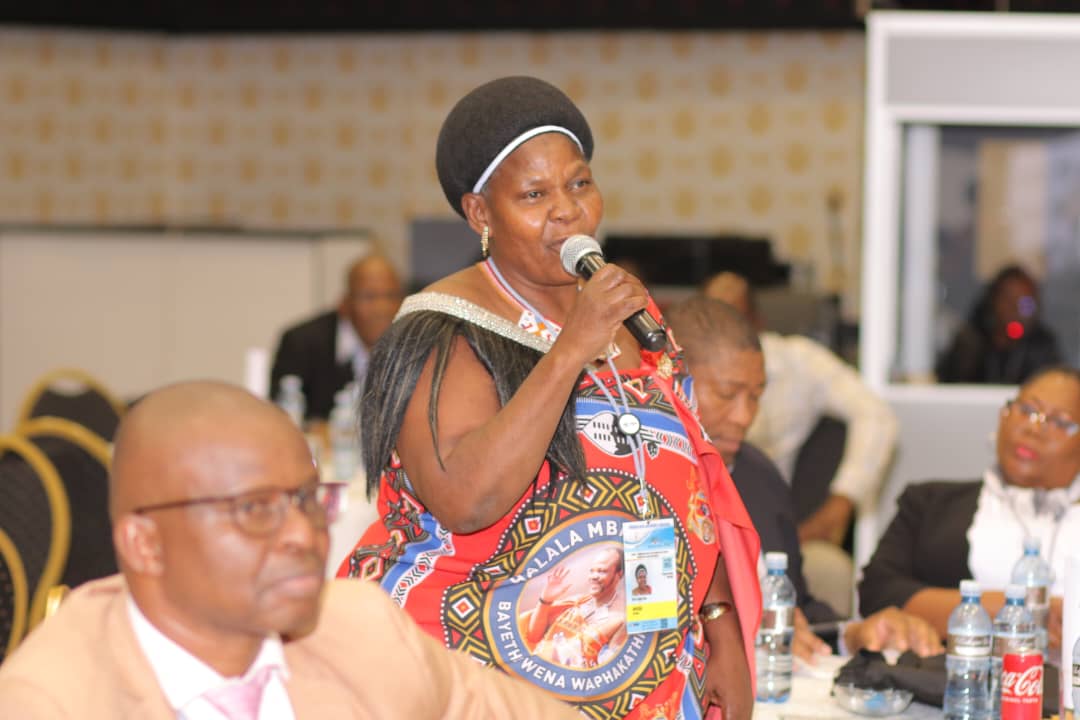
As the Eswatini Local Government Conference moves into its second day, one thing is certain: the Tinkhundla debate is no longer just about structure, it’s about legacy, legitimacy, and leadership that puts people first.

